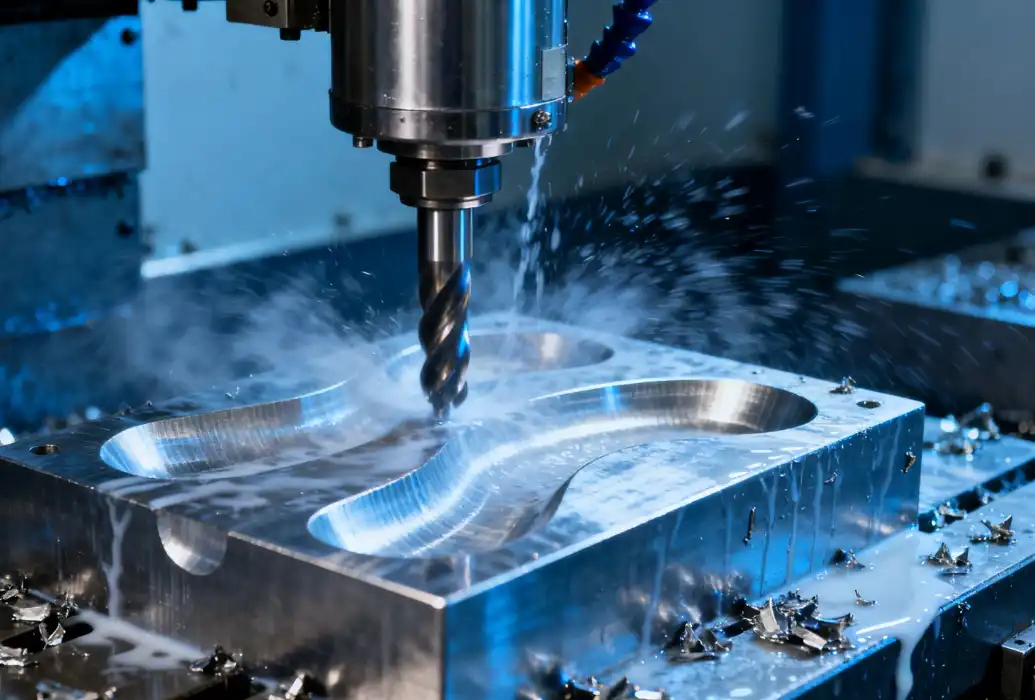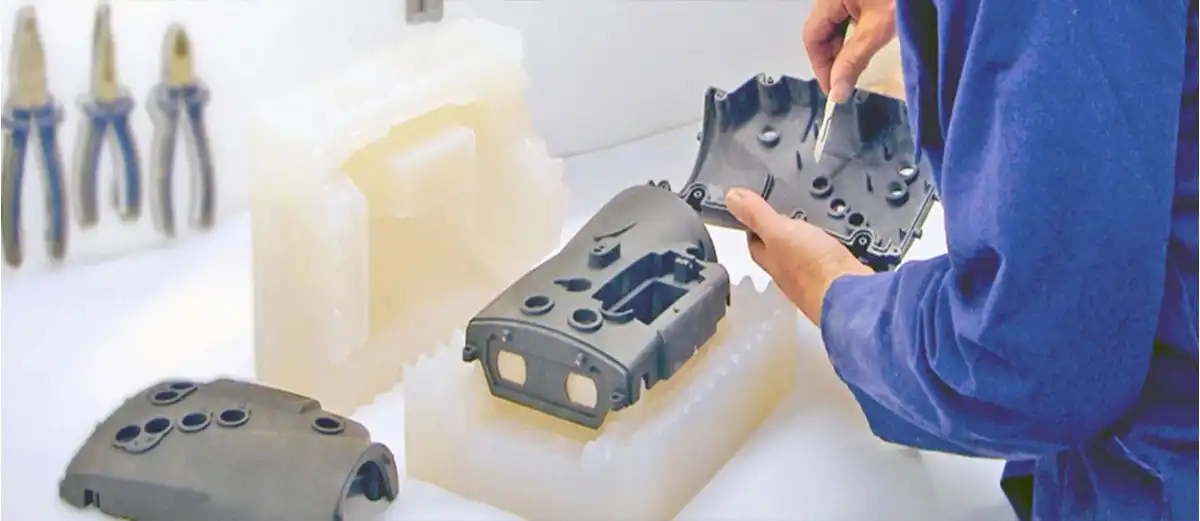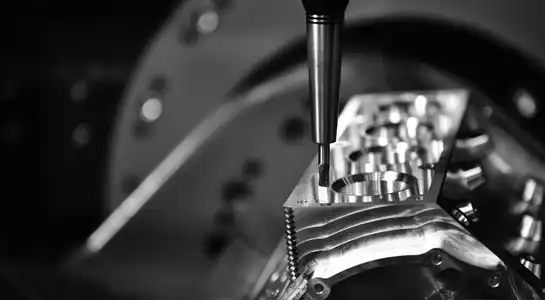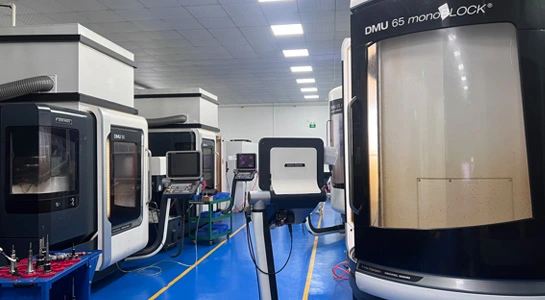The Importance of Manufacturing Validation Builds in Product Development
Ensuring Design Manufacturability
One of the primary reasons manufacturing validation builds are necessary is to ensure that a product's design is truly manufacturable at scale. While prototypes may function well in controlled environments, transitioning to mass production can uncover unforeseen challenges. Validation builds allow engineers to identify any design elements that may be difficult or impossible to manufacture consistently. This process often leads to design refinements that improve producibility without compromising functionality.
Optimizing Production Processes
Validation builds provide an opportunity to fine-tune production processes before committing to full-scale manufacturing. During this phase, manufacturers can experiment with different assembly techniques, tooling options, and production line configurations. By optimizing these elements, companies can significantly improve efficiency, reduce waste, and lower production costs. This iterative process is crucial for developing a streamlined manufacturing workflow that can meet production targets while maintaining quality standards.
Verifying Quality Control Measures
Quality assurance is paramount in manufacturing, and validation builds play a crucial role in verifying the effectiveness of quality control measures. These builds allow manufacturers to test and refine inspection processes, establish appropriate tolerances, and identify potential quality issues before they become widespread problems. By thoroughly vetting quality control procedures during validation builds, companies can ensure that their products consistently meet or exceed customer expectations and regulatory requirements.

Key Benefits of Conducting Manufacturing Validation Builds
Risk Mitigation
One of the most significant benefits of manufacturing validation builds is risk mitigation. By identifying and addressing potential issues early in the production process, companies can avoid costly recalls, production delays, and damage to their reputation. Validation builds serve as a proactive measure to uncover and resolve problems before they escalate, saving both time and resources in the long run. This risk management approach is particularly crucial for industries with stringent safety and regulatory requirements, such as medical devices and aerospace.
Cost Reduction
While conducting validation builds requires an initial investment, it often leads to substantial cost savings in the long term. By optimizing production processes and identifying inefficiencies early, manufacturers can reduce material waste, minimize production bottlenecks, and lower overall production costs. Additionally, addressing design or manufacturing issues during the validation phase is significantly less expensive than making changes after full-scale production has begun. This proactive approach to cost management can have a substantial impact on a product's profitability and market competitiveness.
Improved Time-to-Market
Contrary to what some might assume, manufacturing validation builds can actually accelerate a product's time-to-market. By identifying and resolving potential production issues early, companies can avoid delays that might otherwise occur during full-scale manufacturing. This streamlined approach allows for a smoother transition from development to production, enabling companies to launch their products more quickly and capitalize on market opportunities. In fast-paced industries where being first to market can be a significant advantage, the time saved through effective validation builds can be invaluable.
Best Practices for Implementing Manufacturing Validation Builds
Cross-Functional Collaboration
Successful manufacturing validation builds require close collaboration between various teams, including design, engineering, manufacturing, and quality assurance. By fostering open communication and knowledge sharing among these groups, companies can leverage diverse expertise to identify and solve potential issues more effectively. This cross-functional approach ensures that all aspects of the product and production process are thoroughly evaluated, leading to more comprehensive and successful validation outcomes.
Comprehensive Documentation
Thorough documentation is crucial throughout the validation build process. This includes detailed records of the build process, any issues encountered, solutions implemented, and lessons learned. Comprehensive documentation not only helps in tracking progress and maintaining consistency but also serves as a valuable resource for future projects. By meticulously documenting each step of the validation build, companies can create a knowledge base that informs and improves subsequent product development efforts.
Iterative Approach
Manufacturing validation builds should be viewed as an iterative process rather than a one-time event. As issues are identified and resolved, subsequent builds may be necessary to verify improvements and ensure that new problems haven't been introduced. This iterative approach allows for continuous refinement of both the product design and manufacturing processes, ultimately resulting in a more robust and efficient production system. Embracing this iterative mindset can lead to significant improvements in product quality and manufacturing efficiency over time.

Conclusion
Manufacturing validation builds are a critical component of the product development process, offering numerous benefits that far outweigh their initial costs. By ensuring design manufacturability, optimizing production processes, and verifying quality control measures, these builds significantly reduce risks, lower overall costs, and improve time-to-market. Implementing best practices such as cross-functional collaboration, comprehensive documentation, and an iterative approach can maximize the effectiveness of validation builds. For companies aiming to bring high-quality, innovative products to market efficiently, manufacturing validation builds are not just necessary—they're indispensable.
FAQs
How long does a typical manufacturing validation build take?
The duration can vary depending on the product complexity and industry, but it typically ranges from a few weeks to several months.
Are validation builds necessary for all types of products?
While beneficial for most products, they are especially crucial for complex items or those in regulated industries like medical devices and aerospace.
How many validation builds are typically required?
The number can vary, but often multiple builds are needed to address all issues and verify improvements.
Expert Manufacturing Validation Builds | BOEN
At BOEN Prototype, we specialize in high-quality prototyping, rapid tooling, and low-volume manufacturing for a wide range of industries. Our expertise in manufacturing validation builds ensures your product transitions smoothly from design to production. As a trusted supplier and manufacturer, we offer comprehensive solutions to optimize your manufacturing processes. Contact us at contact@boenrapid.com to learn how we can support your product development journey.
References
Smith, J. (2022). "The Role of Validation Builds in Modern Manufacturing". Journal of Production Engineering, 45(3), 112-128.
Johnson, A. & Lee, S. (2021). "Cost-Benefit Analysis of Manufacturing Validation Processes". International Journal of Industrial Engineering, 33(2), 78-95.
Brown, R. (2023). "Optimizing Product Development through Effective Validation Builds". Product Innovation Management Review, 18(4), 201-215.
Garcia, M. et al. (2022). "Risk Mitigation Strategies in High-Tech Manufacturing". Risk Management in Manufacturing, 29(1), 45-62.
Thompson, L. & Wilson, K. (2021). "Best Practices for Manufacturing Validation in Regulated Industries". Regulatory Affairs Professional Society Journal, 14(2), 88-103.
Anderson, P. (2023). "The Impact of Validation Builds on Time-to-Market in Consumer Electronics". Journal of Technology Management, 37(3), 156-170.





